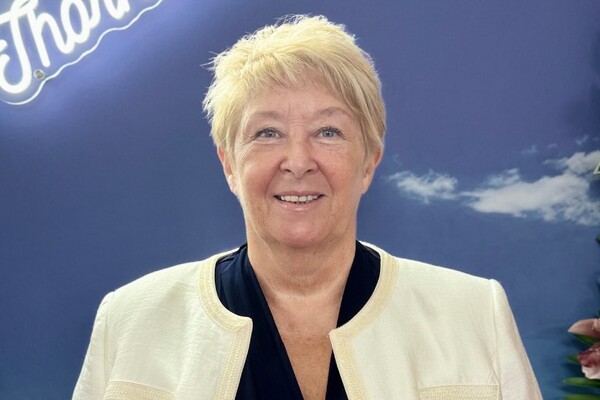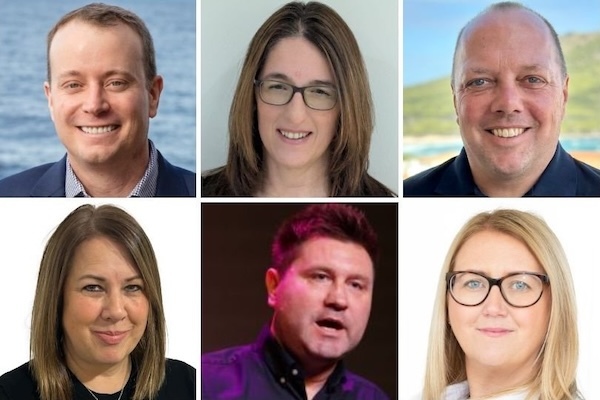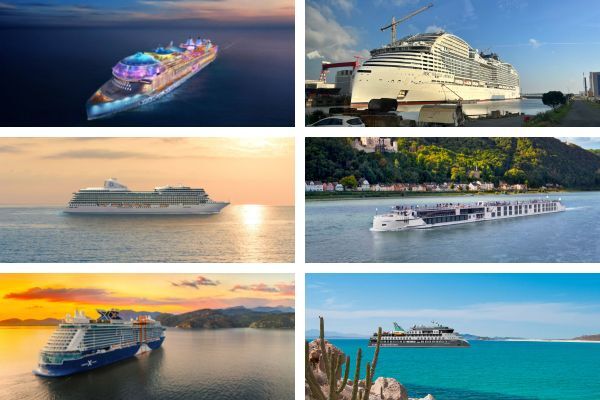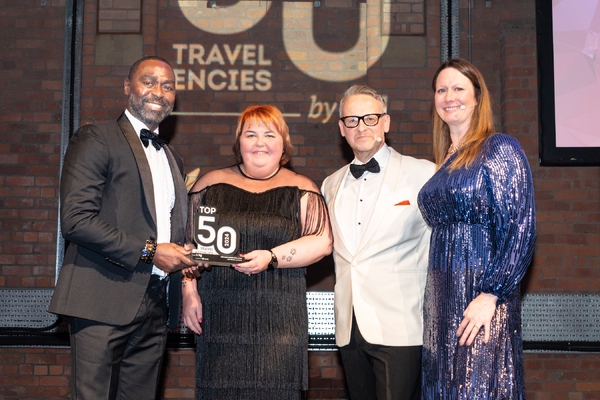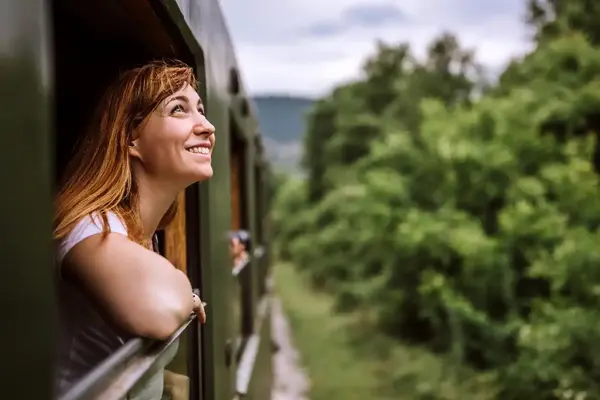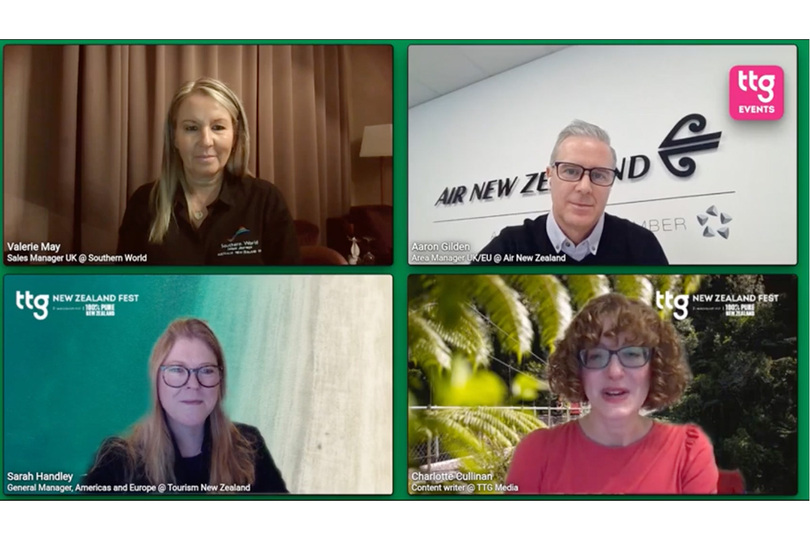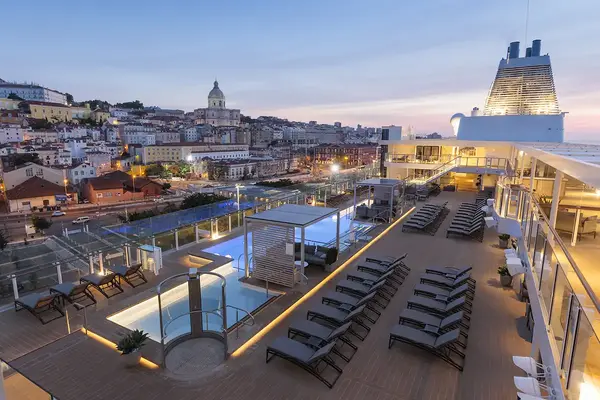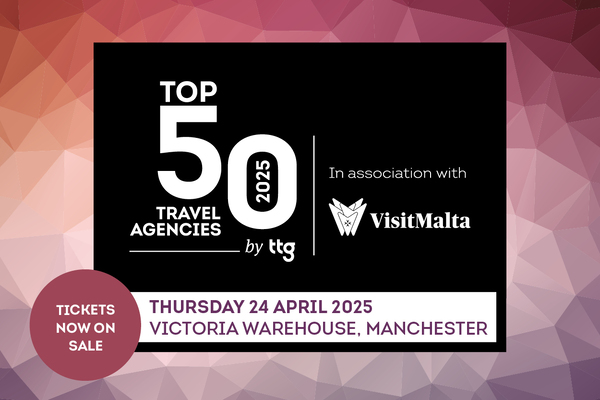Marketing: Why it’s story time for the travel trade
Travel companies must boost their storytelling to appeal to millennials, says Oliver Yeates, chief executive of digital marketing agency Clicky Media.
Millennials have been a hot topic in the past year, but their rise has only just begun.
Surveys by the likes of Contiki and Franklin W. Olin College of Engineering in the US have shown that the millennial generation is less likely to get married, preferring to spend cash on travel experiences rather than buying a house.
So it’s no surprise that travel firms want to get in on the action and ensure they are marketing to the “Instagram generation”. But how do you go about it?
Youth tour operator Contiki’s research shows that most holidays sought by millennials are experience based. They no longer prioritise party destinations but instead seek cultural trips abroad – perhaps to bathe in Iceland’s blue lagoon, ride a bike through Amsterdam or see Egypt’s pyramids.
Agents and operators need to tell the story of their destination to millennials – to entice customers who are no longer excited by corporate brochures but need a picture painted via online channels, with social media the top priority.
Ditch the commercial jargon and use more casual language and high-quality imagery and videography to capture your audience.
Not only will initial bookings rise, but storytelling is also a great way to ensure your customers spread the word to their friends and family, resulting in more bookings over time.
Here are my top storytelling tips to ensure millennials book holidays with you:
It’s all about video…
… and not just standard promotional videos. Go one step further and offer 360-degree video capture and virtual reality technology.
This gives potential customers a chance to explore a destination as if they were there. Why not film Instagrammable tourist hotspots in a destination to lure millennials in, and then post them on your social channels?
Max out on social media
With Facebook reaching the two billion mark this year and Instagram at 700 million, it would be crazy not to make the most of their free features, including the “stories” and “live” tools.
With both platforms, it’s all about imagery, so ensure that what you are sharing is high quality and aspirational. The “live” feature is perfect for capturing events that are taking place there and then, whereas “stories” are great for capturing beautiful vistas and hotspots.
Don’t forget Snapchat
Snapchat has a huge following, reaching more than 158 million people daily and 10 million people in the UK. Snaps are known as “unedited versions of a moment” so they are perfect for sharing live events to give viewers a flavour of the destination.
When a user takes a snap, they can add a filter before sending. Each user can select a different geofilter based on their location.
Most cities have specific geofilters related to the city, but these can be created relatively easily to promote locations, experiences and excursions. W Hotels was one of the first hotel brands to captialise on the feature by launching postcard-style geofilters for their users, for example.
On average, Snapchat’s users are between the ages of 13 and 23, making it a strong platform for promoting to millennials looking for potential holidays. This form of advertising is arguably the modern form of word-of-mouth marketing.
Millennial travellers want to research a trip long before they think about booking it, and they’ll talk about it long after they have experienced it, so make the most of it.
Make use of remarketing (the digital adverts that follow you around the internet as you browse) so that the potential trip is at the forefront of their mind. Once the client has booked, give them opportunities to share exciting content by sending a holiday countdown or travel tips via email.
Finally, once their trip is over, encourage them to share content for a discount on a future booking. This means free content for an agency or operator and a potential return visit resulting in more commission, so it’s win-win for travel agents.
How to measure storytelling success
- Content shares
- Online engagement
- Increase in web traffic and sign-ups
- Increase in enquiries, and ultimately bookings


